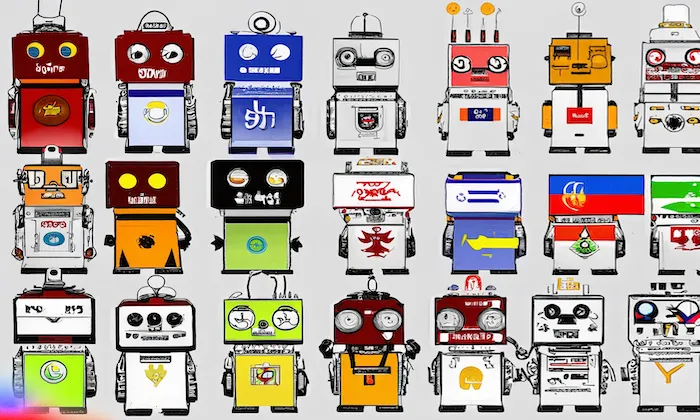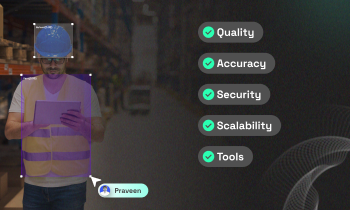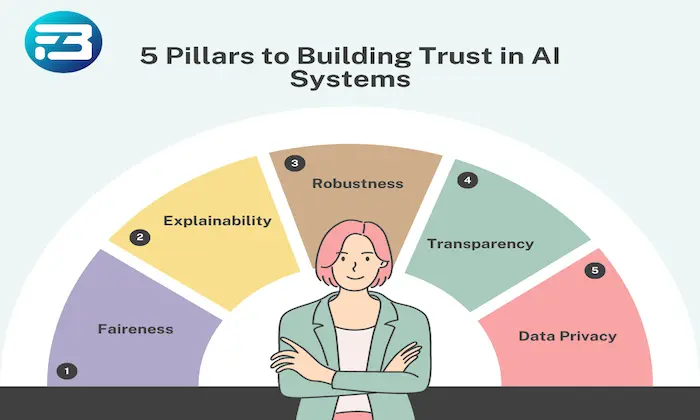How is audio quality maintained in wake word speech datasets?
Audio Quality
Wake Word
Speech Datasets
At FutureBeeAI, we understand that audio quality is critical for wake-word detection systems. The sampling rate, which plays a pivotal role in audio clarity and model performance, is key for AI engineers and product managers seeking to enhance voice recognition systems. Our wake word speech datasets and custom voice command collections are built with high-quality audio standards, ensuring optimal performance in diverse applications.
The Importance of Sampling Rate
Sampling rate, measured in Hertz (Hz), indicates how many audio samples are captured per second. For wake-word recognition, a 16 kHz sample rate is standard, as it balances audio fidelity with storage efficiency.
Why 16 kHz?
- Audio Clarity: Captures the vital frequency range for human speech (300 Hz to 3,400 Hz), ensuring clear wake word recognition.
- Processing Efficiency: Lower computational demands facilitate faster processing, which is crucial for responsive voice applications.
- Model Training: High-quality data enables models to perform better in noisy or dynamic environments.
FutureBeeAI's Approach to Sampling Rates
We standardize 16 kHz for most wake-word datasets, providing the best compromise between quality and performance. However, for premium audio needs, our YUGO platform can provide higher rates (44.1 kHz or 48 kHz). Additionally, our datasets include:
- Multilingual Speech Dataset: 100+ languages, with accents and demographics for global market relevance.
- Audio Data Annotation: Metadata including speaker demographics and environment tags for a comprehensive training approach.
Technical Specifications and Best Practices
For optimal wake-word audio datasets, we recommend:
- Sampling Rate: 16 kHz
- Bit Depth: 16-bit
- Channel Configuration: Mono audio
- Recording Environment: Noise-controlled settings to minimize unwanted sounds
How 16 kHz Wake-Word Datasets Power Smart Homes, Cars & Apps
The choice of sampling rate impacts the effectiveness of voice-controlled devices:
- Smart Home Devices: Accurate wake-word detection ensures smart speakers respond efficiently to commands.
- Mobile Applications: Faster response times and less lag improve user interaction.
- In-Car Systems: Reliable wake-word detection ensures safe hands-free operation for navigation and entertainment.
Leveraging FutureBeeAI’s Expertise
Our comprehensive datasets, validated through a two-layer QA process, provide over 5,000 hours of wake-word audio across various verticals. We offer both off-the-shelf and custom solutions, positioning FutureBeeAI as your trusted partner for high-performance AI applications.
FAQs
Q: Why choose 16 kHz over 8 kHz for wake-word?
A: 16 kHz captures the essential frequency range for human speech and balances quality with file size, which is critical for efficient processing.
Q: Can FutureBeeAI deliver 48 kHz recordings?
A: Yes, through our YUGO platform, we can provide higher sampling rates for applications requiring premium audio quality.
Key Takeaways
- 16 kHz is ideal for wake-word detection, balancing audio clarity with processing efficiency.
- FutureBeeAI's datasets offer multilingual coverage and are enriched with detailed metadata for superior model training.
- Custom solutions via YUGO cater to specific audio and demographic needs, ensuring high-quality, tailored data for AI systems.
For projects requiring comprehensive, high-quality wake-word datasets, FutureBeeAI can deliver production-ready data in as little as 2-3 weeks. Let us help you build smarter, more responsive AI solutions.
What Else Do People Ask?
Related AI Articles
Browse Matching Datasets
Acquiring high-quality AI datasets has never been easier!!!
Get in touch with our AI data expert now!








